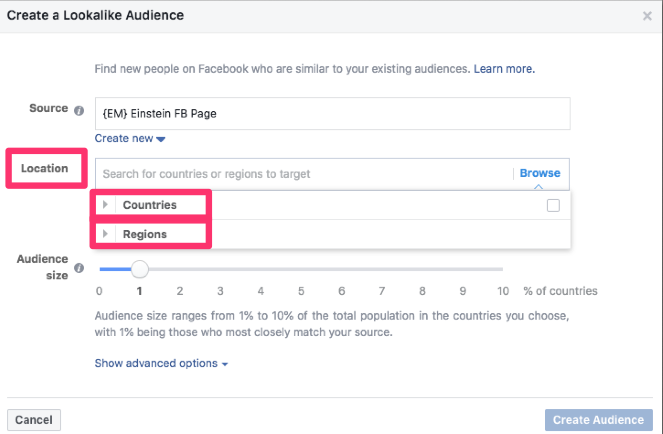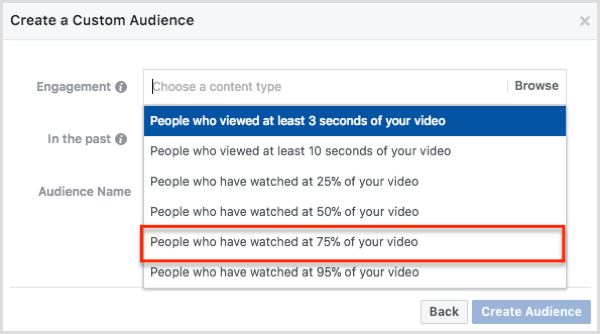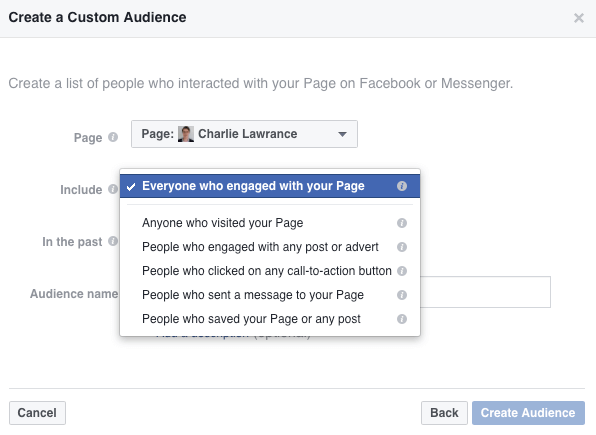What is a Facebook Lookalike Audience?
A lookalike audience is a personalized audience targeting. For example, individuals on your mailing list, web visitors, and Facebook users who participate in your video or Facebook profile are individual viewers. Facebook seeks people who have identical qualities in the simple personalized crowd while building a looking group with a customer’s audience.
For example, say you have a customized audience on an email list. To build the audience, a list of 10,000 people has been submitted and Facebook has added 6,000 Facebook Members to the e-mails. Facebook can scan for Facebook users with similar characteristics to those on the email list for an audience focused on this custom audience.

Facebook is really familiar with its customers. Although the data is anonymized, Facebook offers marketers this knowledge to enable them to enter an optimal target audience.
Why Use a Lookalike Audience?
Local viewers offer you a path past curiosity or behavioral objective to meet a cold public. Such as targeted advertising for warm traffic, including email-lists, visits to websites, and Facebook fans, you are revealing. Look-alike viewers offer you a way to meet cold people who are far larger than these warm audiences.
You can build a lookalike crowd size, ranging from 1% to 10% based upon how closely you choose to represent your basic audience, where 1% includes only people that are nearest to your base audience. This 1% audience in the United States is around 2 million. When you go up to 10%, you get more audience so you get matching more generic.

When you build your crowd, you can control the scale using a slider. Open the publicity tool and press the “Create publicity” button in the Facebook Advertisement Manager. Choose a viewfinder option and then a box opens, where a source, position, and audience size are chosen.
The root is the personalized audience that the lookalike crowd needs to base on. The position is the country or the regions where the spectacular crowd should be based. The slider has the crowd scale, encouraging you to pick 1%, 2%, 3%, etc. You will also see an advanced alternative to build many variations of this scale.

Whilst an audience of lookalike is cold, the Facebook algorithm does not build this new lookalike audience by using attributes from the warm audience (compared to the action or interest). You certainly want to use and try out lookalike audiences to meet new users who are not currently in your warm Facebook audiences.
Audiences of the viewer are not only an ideal way to meet a new audience; they are much less costly than those based on curiosity or behavior. However, you must test the various crowds and ensure that the prices for lookalikes would be smaller for you.

The main justification for approaching a look-alike audience is to find people close to the current consumers. You will post this list to Facebook and build a customized audience with your clients if you have a client list. You may build a lookalike audience that uses your clients to attract those who purchase with identical attributes.

I wonder if Rick suggests that a community of look-alike viewers is formed. For example, if your email system tags, I will ask if you can build separate email subscribers based on lookalike audiences who regularly visit the web vs those who don’t.
Rick implies that this is how you break out look-alike publics. Ideally, he says, you want to think creatively through your crowd. If you don’t know yet what the approach is, move forward and develop the audiences, to get them, at least. Later you will have the community start use them to aim your ads because you understand the plan a little better.
Location and Size Option for lookalike Audiences

For this cause, Rick recommends checking for up to 5% of those greater lookalike audience sizes of 2%. You will test crowd sizes for an even greater percentage based on the kind of company you have and who the consumer is. You will divide a 1% evaluation against a 5% crowd.
The outcomes, however, depend on your business. You will get the best results for a 1 percent audience after trying a few different sizes. Often, it may not make sense for many companies to expand the audience size to 4 or 5% because their clients are not that wide. Testing different sizes are crucial to finding out what works for you.

For some reason, I ask Rick how large crowds of these various sizes are from any viewpoint. Rick claims that an e-mail user with 10,000 addresses has a 1 percent lookalike reach of about 2 million people. The audience size doubles approximately 4 million if you step up a percent.
Creative ideas for Lookalike Audience Source
You can think about creatively targeting various segments of your audience for your lookalike source, who are a personalized audience focused on their activities in your business.
You can segment your email list according to the product or service they have ordered, as noted above. Consider how to use the crowd while hosting a function.
Video Engagement: You will then build interaction audiences of people depending on how long they watch your video while you post Facebook content, whether it’s sharing video or hosting live videos.

For example, a 75 percent audience is a very wide audience, with a look-alike audience, so you would imagine that a personalized audience finds something very engaging in it.
This custom crowd will be a select group depending on the size of the video audience. I know you can build a lookalike audience based on the amount of time people watch your film. The lookalike audience could then be reached using a personalized audience of video views. You will attempt to get more video views in this manner.
Facebook Page Engagement:

In 2017, this alternative was introduced. Centered on your Facebook profile, you can build a personalized audience. Everyone who’s engaged with your page is the choice, which includes people who have been interested, who messaged, or otherwise engaged in your news feeds with your postings and advertisements.
You can then create lookalike audiences that are focused on this committed audience after creating a custom audience of these people. Though you do not actually have the ability to restrict your attention to the way people get engaged (e.g. love vs. love, tweet, retweet, etc.), Rick would not be disappointed if Facebook were to provide those choices in the future.
Lead ads: Leading Ads allows people to add to their Facebook accounts any information that you have submitted. If you use lead advertisements, you can create a targeted audience depending on the actions people take in the form, including the opening or submission of the form.

A personalized public based upon promotional practices is like having a community of people on your landing page. The type is on Facebook, however. You will then build a lookalike audience from this custom audience.



